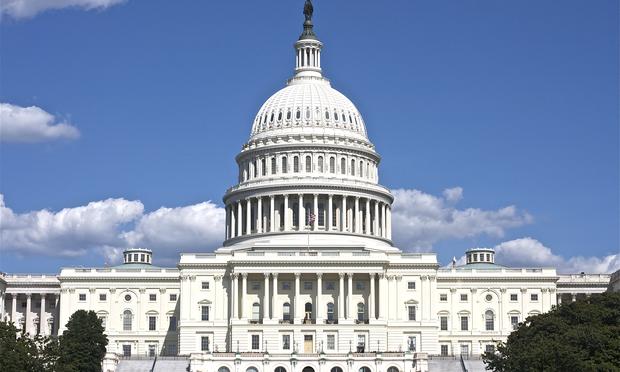Immigration Programs Teeter for Two More Months
Congress averted a government shutdown on Wednesday by a few hours through the passage of a continuing resolution. President Obama signed it that same day and the federal government will be funded until December 11. In March of this year, a similar storyline unfolded, and the budgetary battle was explicitly over funding the Department of Homeland Security and immigration matters.
The immigration news stemming from the continuing resolution is that the four programs that were set to sunset on September 30 have been extended until December 11. While each individual program had its own congressional bill authorizing a longer renewal period or even permanence, none of those were passed. The EB-5 program even had three competing bills that aimed to tweak and improve the program in different ways. The continuing resolution maintains the four programs – CONRAD 30, EB-5 Regional Center, Religious Non-Minister Workers, and E-Verify. That means those programs have another two months until their existence is in peril.
